Over two million Americans suffering from opioid use disorder need help to cope with the effects of addiction. Medication-assisted treatment (MAT) involves using medications in combination with behavioral therapy and counseling to treat substance use disorders holistically.
MAT programs can also help reduce the likelihood of overdose due to opioid use or prescription painkillers containing opiates. Despite evidence-based practices showing MAT’s effectiveness, there are misconceptions about this form of therapy. Here is an overview of a few debunked myths regarding medication-assisted therapy.
MAT Replaces One Addiction for Another
Due to the regular administration of approved medications in MAT programs, you may misunderstand it to be substituting one addiction for another. A few of the prescription drugs MAT programs use to treat alcohol and opioid use disorder include:
- Acamprosate, naltrexone, and disulfiram for alcohol use disorder
- Buprenorphine, naltrexone, and methadone for treatment of opioid dependency
- Naloxone for opioid overdose
The prescribed medication helps to normalize brain chemistry by blocking the euphoric effects of opioids and alcohol or replacing it with a lesser, non-addictive effect. These drugs relieve the physiological cravings that cause addiction and normalize body functions.
The medications achieve the desired chemical reaction the brain needs without euphoric effects or dependency, meaning they are not replacing one addiction with another.
Myth 1: MAT Increases the Risk of Overdose
Opioid abuse predisposes you to overdose as its users rapidly develop a tolerance and have to increase their intake. With opioid treatment programs that include MAT, you are less likely to develop a tolerance and can better manage the withdrawal effects of abstaining from opioid use.
MAT helps prevent overdose by achieving detoxification and recovery from alcohol or opioid addiction.
Combining MAT with counseling and cognitive behavioral therapy enables you to handle stress better and leads to improved functioning through your routine day-to-day tasks. You are more fully equipped to resist the urge to indulge in substance abuse.
Myth 2: MAT and Abstinence Work the Same
Some people claim there’s no evidence MAT has greater effectiveness over abstinence to treat opioid addiction and alcohol dependence.
The National Council for Behavioral Health recommends MAT as the first-line therapy for substance use disorders. Organizations like the Centers for Disease Control and Prevention and the National Institute on Drug Abuse provide evidence-based studies of MAT’s greater effectiveness.
Overcoming substance abuse can be extremely difficult alone. Once tolerance sets in, decreased intake or abstinence come with severe withdrawal symptoms. Tremors, muscle aches, nausea, vomiting, anxiety, increased heart rate, and cravings are powerful motivators for reverting to substance abuse. MAT combines medication and social support to help you overcome withdrawal symptoms and manage drug dependency.
Myth 3: MAT Is Only a Short-Term Solution
Medication-assisted therapy is often the best long-term regimen for handling substance use disorders involving illicit opioids and opioid pain relievers.
People that have been in a MAT program for up to two years have a greater success rate at managing their dependence on opioids.
With time, mental health professionals managing the MAT-based plan may begin to taper the medication after careful assessment of your progress. You may be able to completely go off the medication-based therapy prescriptions as long as there aren’t any relapses and you can handle the stressors.
Myth 4: MAT Is Only for Severe Cases
It is a common misconception that MAT is reserved for severe cases of addiction. Different medication-assisted treatment programs are available for various extents of addiction. If you feel drugs or alcohol negatively impact your life, it’s advisable to seek help. Mental health professionals use a wide variety of medications in MAT to help you overcome substance use disorder. These drugs may be opioid agonists, partial agonists, or antagonists and have different effects on receptors.
Based on your individual needs, we offer customized MAT at Core Recovery as part of our IOP and PHP programs. The treatment plan may change over time depending on your response to therapy.
Myth 5: Inpatient Treatment for Substance Use Disorder Is Better than Outpatient
Outpatient treatment facilities are sometimes more accessible and affordable than inpatient treatment programs. While getting help to manage your substance use disorder via an outpatient treatment center like Core Recovery, your usual routine remains relatively unchanged.
Receiving treatment from an outpatient center also allows you to practice learned strategies in meeting social responsibilities. Proper reintegration into the community helps long-term success when recovering from drug addiction.
Choose Core Recovery to Begin Your MAT Journey
Listening to baseless myths discourages you from participating in the right treatment to manage your addiction. At Core Recovery, we offer medication-assisted therapy as part of our outpatient addiction recovery program. Contact us now to learn about treatment options and get the help you deserve.







 In CA By O360®
In CA By O360®